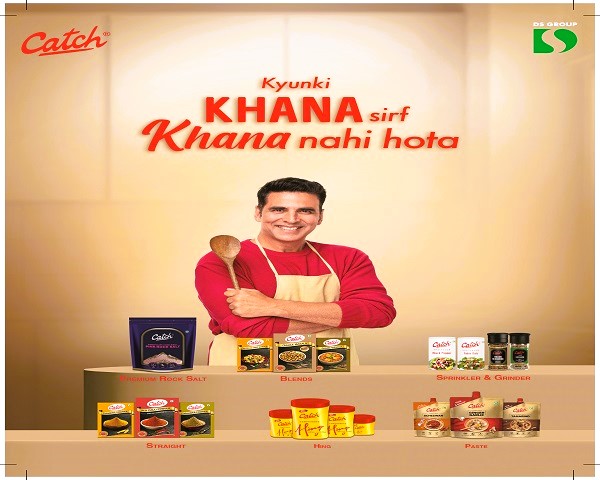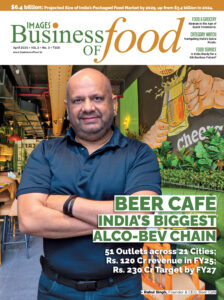From pioneering the concept of table top salt dispensers to expanding and marking its formidable presence in the competitive spices market, the journey of Catch Spices exemplifies a steadfast dedication to consumer-centric principles and an unwavering pursuit of superior quality. About three and a half decades ago, when the market for packaged food in India was…




